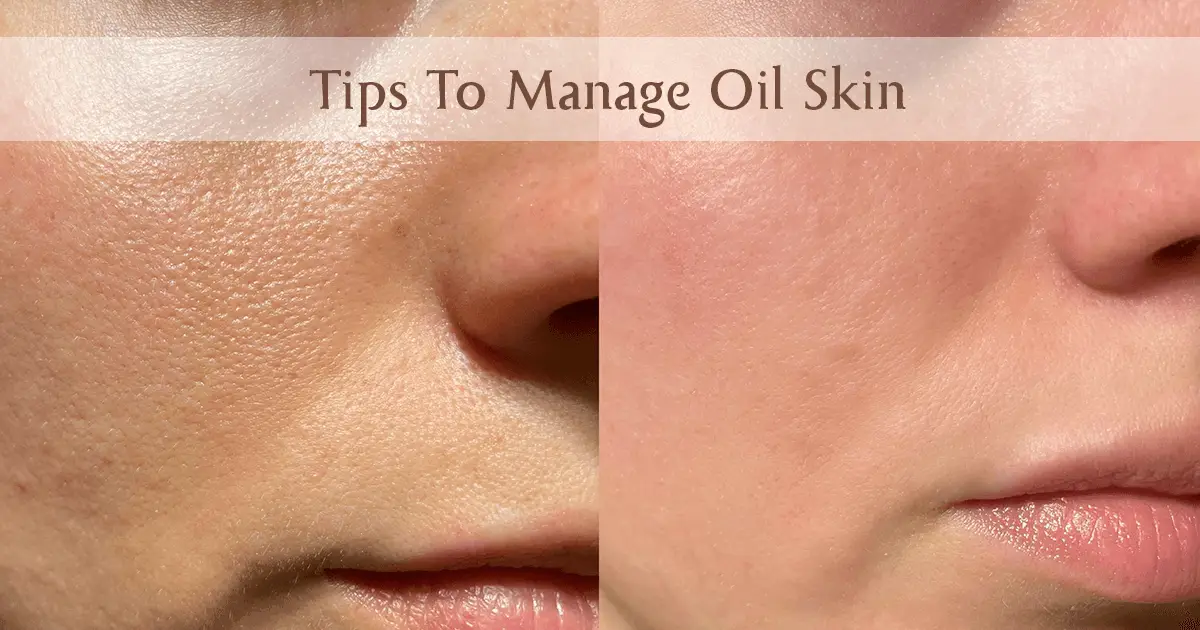
Anti-Irritation Test

What Are Human Keratinocytes & Why We Use It?
How We Test The Anti-Irritation Effect Of Our Products?

Inducing Irritation In The Cells

The first step involves inducing irritation in the keratinocyte cells by exposing them to Sodium dodecyl sulfate (SDS). SDS is an anionic detergent that acts as an irritant and rapidly disrupts the skin barrier,leading to inflammation. This event, in turn, initiates an immune reaction where damaged keratinocytes start releasing proteins known as cytokines. Cytokines are a group of proteins that facilitate interaction between cells. These special proteins recruit and activate more leukocytes (WBCs) through signaling in and between a variety of cells. Among many cytokines produced, the protein of interest IL-1 alpha is secreted in the largest amounts.

Testing The Product

The next step involves introducing the test product & a cell media containing essential growth factors to another set of keratinocyte cells. With exposure to the test product,the cells may or may not undergo similar events that occur in the first step. We’ll confirm that by tracking the levels of IL-1 alpha post-treatment in both cases.

Tracking The Level of IL-1 Alpha Cytokines

We compare the levels of IL-1 alpha post the treatment of keratinocytes with SDS as well as the test product using ELISA (Enzyme-linked Immuno-sorbent Assay) technology. Ideally, the level of IL-1 alpha in the case of our test product should be way lower than the amount of IL-1 alpha secreted in the case of SDS.
What's The Final Result?
Pick From Our Range Of Tested Anti-irritation Products Now
Blog
Product Related Topics







